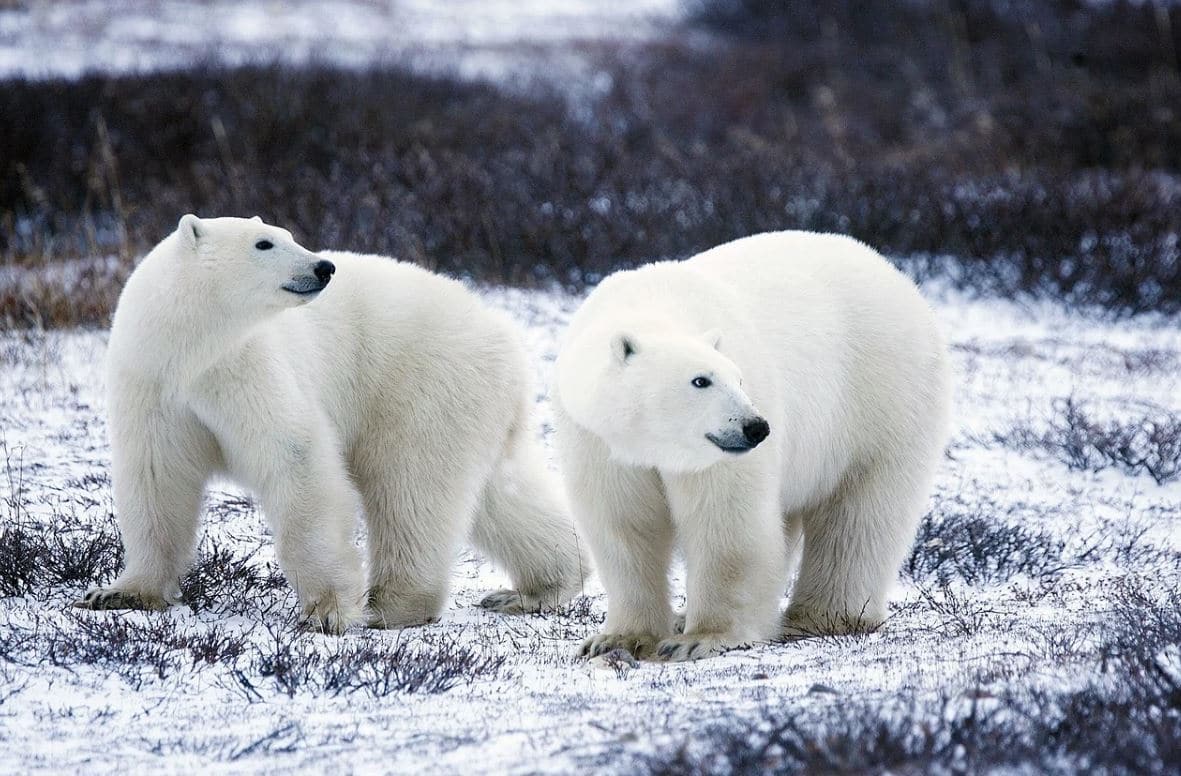Trump Plan Would Open Huge Swath of Remote Alaska to Drilling

WASHINGTON – The White House proposed Thursday to open more than two-thirds of the nation’s largest piece of public land to oil and gas drilling, striking down wildlife protections in the area that have been in place for more than 40 years.
The Interior Department’s Bureau of Land Management wants to allow fossil fuel extraction in roughly 82% of Alaska’s National Petroleum Reserve on the state’s North Slope, an area about the size of the states of Massachusetts and New Hampshire combined.
The total area available for leasing would increase from 11.8 million acres to nearly 19 million acres, according to an environmental impact statement prepared by the agency. The land currently serves as a critical refuge for polar bears and thousands of migrating caribou and waterfowl.
Regulators will release their final decision on how much land will be available for leasing sometime later this month, said Lesli J. Ellis-Wouters, a spokeswoman for the Bureau of Land Management office in Alaska.
If the maximum amount of land is leased, it will increase the reserve’s oil production by 500,000 barrels per day sometime in the next 20 years, according to the EIS. After that, the production is expected to drop by eight percent annually.
To handle this influx of oil, three central processing facilities would have to be constructed. This would disturb over 2,000 acres of Arctic wilderness with additional pipelines, roads, satellite pads, and two more seawater treatment plants, according to the EIS.
“The big concerns are pollution and the risks of oil spills and air pollution to the health of the people in the communities and their ability to access resources,” said Jeremy Lieb, an attorney at Earthjustice, an organization that works closely with Indigenous peoples in Alaska.
One of the areas that would be opened to leasing isthe wetlands around Teshekpuk Lake, which is the calving ground and year-round habitat of the Teshekpuk caribou herd, said Lieb. Between the Teshekpuk and West Arctic herds, 315,000 caribou depend on this area and other parts of the reserve currently off limits to leasing.
These animals are traditionally hunted by several Indigenous communities in and around the reserve, said Lieb. Despite input from these tribes and other local citizens, potential new development will be disruptive to their way of life.
“Industrial development puts a network of roads on the landscape and closes certain areas to hunting or to access by local people,” said Lieb.
Alaska Natives also traditionally hunt polar bears, and increased development of oil resources in the reserve could threaten the land habitat of these animals, according to the EIS. Female polar bears rely on special land formations throughout the reserve that catch the snow that forms the dens where they raise their young, according to the EIS.
If roads crisscross the areas between these denning sites, it is possible that polar bear mothers and their cubs could get hit as they venture from their dens in the spring. New roads and pipelines would also cross wildlife corridors critical for the migration of elk across the reserve, according to the EIS.
The BLM plans to limit development in and around these areas by controlling the timing of operations and limiting what can be done on some leases, according to Ellis-Wouters.
These measures might be inadequate since existing infrastructure in the reserve has had effects on the movement of large animals that are not fully understood, said Lieb.
“There’s really no way to have that kind of infrastructure in a way that doesn’t cause very significant impacts to certain species like polar bears or caribou,” he said.
Oil spills are also expected to increase as more oil is drilled and more infrastructure is installed to transport it, the agency said.
If oil is spilled on land, it can spread through the rivers and other waterways to the sea where it would impact marine mammals such as seals, Lieb said.
If it’s not spilled, the oil will be burned to fuel industry and automobiles, hence contributing to climate change which is already disproportionately impacting the Arctic, said Garett Rose, a staff attorney for the Natural Resources Defense Council. The permafrost of the tundra is already melting, causing new streams to form and facilitate erosion while the sea ice shrinks rapidly from year to year, he said.
The EIS predicts over 126,000 metric tons of greenhouse gas emissions per year from the reserve if most of it is opened for leasing.
“The last thing we need is more leasing and more drilling in one of the most sensitive places on Earth,” said Rose, “we need to find a way to end that kind of activity and move towards something more sustainable.”

























